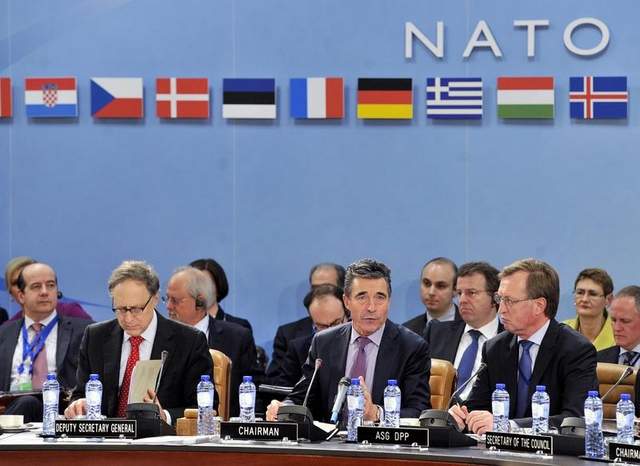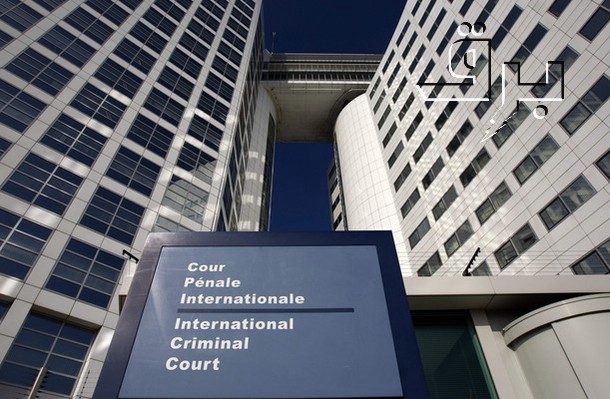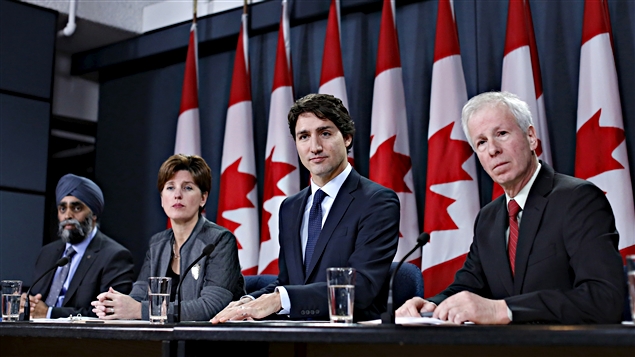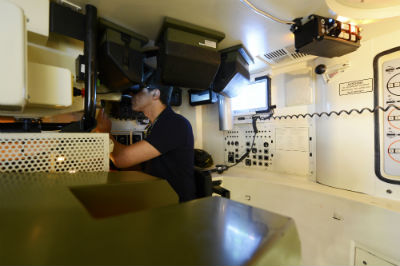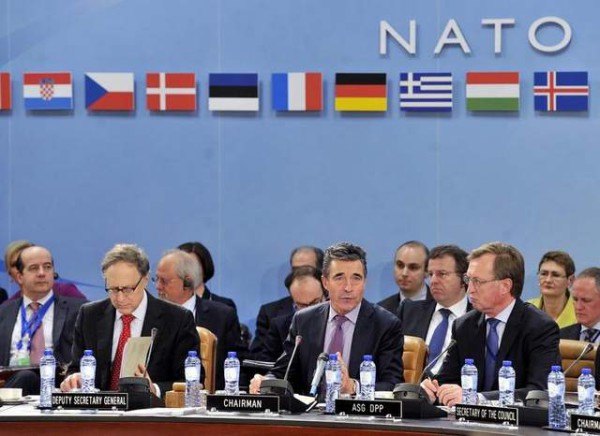
As tensions between Russia and NATO continue to build, NATO Secretary Anders Fogh-Rasmussen has advised NATO member states to continue to focus on securing their own borders. The decline of available U.S. troops in Europe has put increasing pressure on other NATO member states to reach NATO’s targeted goal of 2% of GDP spending towards defense – a figure which only the United States, United Kingdom, Greece, and Estonia have currently reached. “I am not the first to say that some European nations can and should do more,” Rasmussen said, further referring to NATO as an “insurance policy” that all member states must be a part of.
The United States Department of Defense 2015 Budget Overview refers to the need for a “more flexible, agile joint force”. The U.S has decreased it’s requested domestic defense budget by $400 million from 2014 to 2015 for a total expenditure of $495.6 billion. It’s Defense Strategy focuses on three key areas: “Protect the Homeland”, “Build security globally”, “Project power and win decisively”. Although global security has been stated as a main priority, there is no mention of Eastern Europe in the DOD Budget Overview other than rebalancing forces in Asia/Pacific rim and a need to be “working closely with our European partners to strengthen their capabilities”. United States President Obama, however, recently pledged $1 billion for more troops and military drills in Eastern Europe.
The NATO budget is split into three different sections: the civil budget, the military budget, and the NATO Security Investment Programme. All budgets are supported by Common Funding and Joint Funding; Common Funding is provided by all member states, while Joint Funding comes from NATO Charters between various multinationals. The Civil Budget is allocated for NATO related expenses including personnel, operating costs, capital/programme expenditure, etc. The 2014 Civil Budget was €217 Million. The Military Budget is allocated for operation and maintenance of the alliance, and is a collection of over 50 smaller bud
gets which totaled €1.4 billion in 2014. The NATO Security Investment Programme covers investments in defense initiatives which fall outside the realm of an individual member state – for instance, an airfield or military headquarters. This budget totaled €7 billion in 2014.
While the size of the United States population and GDP allows it to provide NATO’s greatest contribution – 22% of the total NATO budget – the overall budget contributions for member states are debatable. There are non-monetary investments that can be made by members, such as Estonia thich is home to NATO’s cyber defense centre. Estonia provides only 0.1% of the NATO budget, but hosted the NATO Cyber Security exercises in 2013. By comparison, Slovakia and the Czech Republic, each of which contributes roughly 1% of NATO’s budget (and receive the same benefits as larger contributors), recently refused to allow NATO troops and bases to be stationed within their borders.
Russia’s defense spending has nearly doubled since 2010, reaching a total of $70 billion this year. The United Kingdom has the 4th largest defense budget in the world but will soon fall below NATO’s 2% GDP goal. This has raised concerns about Britain’s global commitment. Robert Gates, former U.S Defense Secretary, stated that the UK will not have “full-spectrum capabilities” to be a “full partner” with the United States. British Prime Minister David Cameron restated Britain’s overall defense budget in comparison to other countries and believes Gates has it “all wrong”. Russia has plans to reach $98 billion in defense funding by 2016.
The 2% of GDP defense budget contribution by member states referenced by NATO Secretary General Anders-Fogh Rasmussen would increase the NATO budget by $90 billion dollars, which he compared to the total defense budget of Germany, Italy, Norway and the Netherlands combined. Although there is concern about the ability of less wealthy member states to contribute, the externality factor involved in being a NATO member is worth exponentially more than the monetary contribution itself. An externality refers to an effect -whether positive or negative – to one party as the result of the actions of another party. For example, an individual polluting in a river will affect all those who are downstream. When a NATO member state has the assured collective defense of all other member states, it has direct access to the resources of the organization and other member states. Otherwise, it would need to provide the resources on it’s own which is simply not feasible for smaller, less wealthy countries. The biggest benefactors of the NATO organization, therefore, are the smallest member states.
As the September 2014 NATO Summit in Wales draws closer, the initiatives of member states both small and large are critical to the integrated communal security network that NATO was founded upon. While some of the interests of larger NATO members like the United States, Britain, and Germany do lie in regions of conflict like Crimea and the Middle East, the security prerogative of any member state within a region of conflict is ultimately domestic.

